The intersection of biology and electronics has taken an unexpectedly beautiful turn with the emergence of bio-circuit embroidery - a revolutionary textile technology that merges traditional needlework with programmable light pathways. This cutting-edge innovation transforms ordinary fabrics into dynamic, illuminated surfaces capable of displaying information, changing patterns, or responding to environmental stimuli.
At its core, bio-circuit embroidery utilizes specially engineered thread that conducts electricity while remaining flexible enough for textile applications. Unlike conventional wiring, these biological circuits maintain the drape and feel of normal fabric while enabling sophisticated electronic functionality. Researchers have developed techniques to "embroider" these conductive pathways into fabric with precision, creating circuits that can power embedded LEDs or other micro-components.
The magic of this technology lies in its programmability. Just as traditional embroidery follows predetermined patterns, bio-circuit embroidery allows designers to create electrical pathways that follow artistic designs while serving functional purposes. These pathways can be programmed to activate in specific sequences, creating mesmerizing light patterns that flow across clothing, home textiles, or even architectural fabrics.
One particularly promising application involves responsive environments. Imagine curtains that subtly illuminate when someone enters a room, or hospital gowns that change color to indicate patient vital signs. The technology's biological compatibility opens doors for medical applications where traditional electronics would be impractical or uncomfortable.
Developing the conductive thread required solving numerous technical challenges. Early attempts used metal-coated fibers that were either too stiff or prone to breaking after repeated bending. The breakthrough came with biologically derived conductive materials that maintain flexibility while offering sufficient conductivity. Some versions incorporate protein-based nanowires or specially processed cellulose fibers doped with conductive nanoparticles.
The embroidery process itself has evolved significantly from traditional techniques. Specialized machines now precisely place conductive threads while maintaining exacting standards for circuit integrity. Stitch density, thread tension, and pattern complexity all factor into creating functional circuits that don't compromise the textile's normal properties.
Power delivery presents another fascinating area of innovation. While some prototypes use small, removable batteries, researchers are exploring more integrated solutions. These include energy-harvesting approaches that convert body movement, temperature differentials, or ambient light into the small amounts of power needed to drive the low-voltage circuits.
What sets bio-circuit embroidery apart from other e-textile technologies is its emphasis on aesthetics as much as functionality. The circuits themselves become part of the design language rather than components to be hidden. This has attracted attention from high-fashion designers looking to create garments that literally glow with personality.
The programming interface for these textiles has become increasingly sophisticated. Early versions required specialized knowledge of circuit design, but newer systems allow patterns to be created using visual design software familiar to textile artists. Some platforms even incorporate simple scripting languages that let creators program light behaviors without understanding the underlying electronics.
Durability remains an important focus for researchers. While the technology has progressed significantly, questions linger about how well these bio-circuits withstand repeated washing and long-term wear. Current solutions involve special protective coatings and clever stitching techniques that shield vulnerable connection points while maintaining flexibility.
The potential applications extend far beyond fashion and decor. In architecture, large-scale bio-circuit embroidery could create responsive building surfaces that change appearance based on time of day or environmental conditions. Automotive designers are exploring the technology for interactive car interiors that provide subtle lighting cues without traditional, bulky electronics.
Perhaps most intriguing are the biomedical possibilities. Researchers are developing versions where the embroidered circuits can interface with biological signals, potentially creating clothing that monitors health metrics or even delivers targeted therapeutic stimulation. The soft, flexible nature of these circuits makes them ideal for prolonged contact with skin.
As the technology matures, we're seeing the emergence of hybrid approaches that combine traditional electronics with embroidered connections. This allows more complex functionality while maintaining the aesthetic and practical benefits of textile-based circuitry. The result is a new generation of smart fabrics that don't look or feel "electronic" in the conventional sense.
The environmental impact of bio-circuit embroidery is another area receiving attention. Unlike conventional electronics that often end up in landfills, these textile-based circuits can potentially be disassembled and recycled more easily. Some versions use biodegradable substrates that break down harmlessly at end of life.
Looking ahead, the field is moving toward even greater integration of biological components. Future iterations might incorporate living cells that interact with the circuitry, creating truly biological light-emitting systems. Other researchers are exploring how to make the threads themselves light-emitting, eliminating the need for separate LED components.
What began as a niche research area is rapidly becoming a transformative textile technology. As manufacturing processes improve and costs decrease, we can expect to see bio-circuit embroidery move from laboratory prototypes to commercial products. The implications for fashion, interior design, healthcare, and beyond are only beginning to be understood.
The marriage of ancient embroidery techniques with cutting-edge materials science has produced something remarkable - a technology that honors textile traditions while pushing them into the future. Bio-circuit embroidery represents more than just a new way to make things glow; it's a fundamentally new approach to integrating technology with the fabrics of our daily lives.
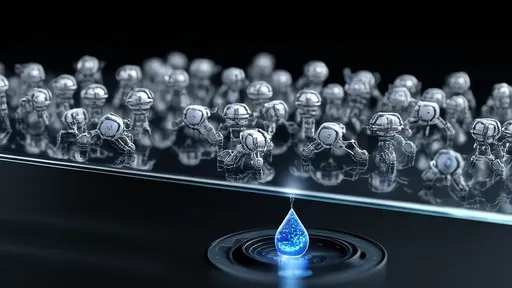
By /Jul 16, 2025

By /Jul 16, 2025
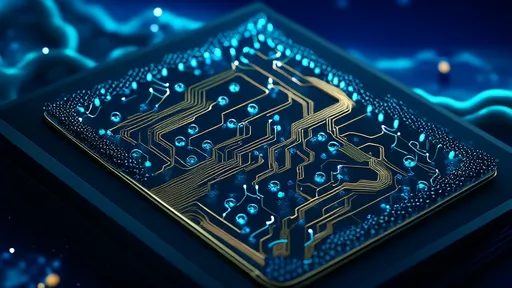
By /Jul 16, 2025

By /Jul 16, 2025
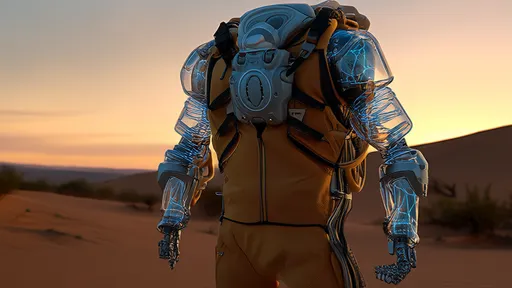
By /Jul 16, 2025
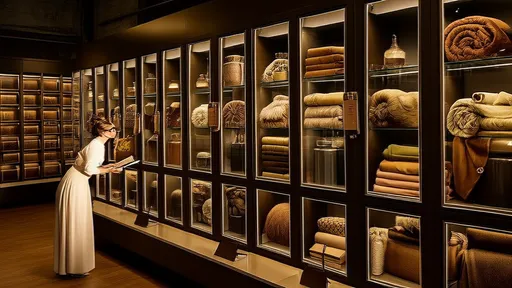
By /Jul 16, 2025
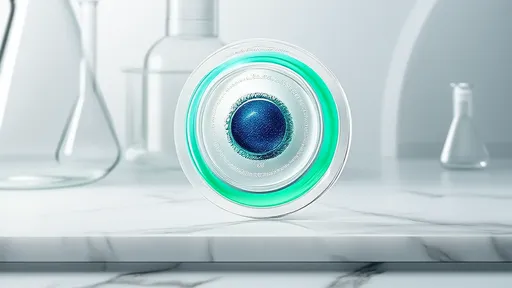
By /Jul 16, 2025

By /Jul 16, 2025

By /Jul 16, 2025
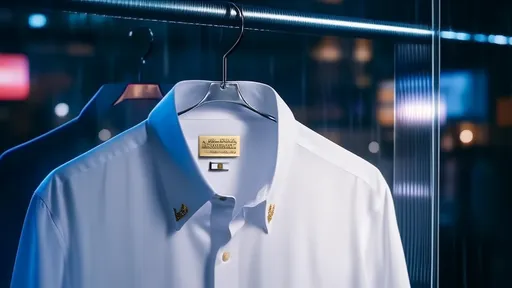
By /Jul 16, 2025

By /Jul 16, 2025
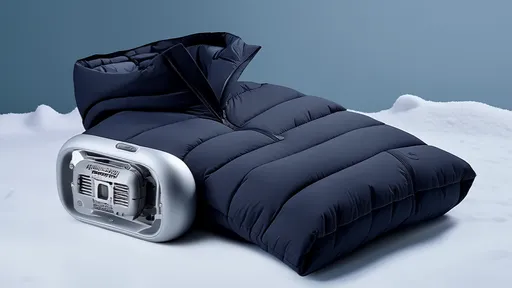
By /Jul 16, 2025
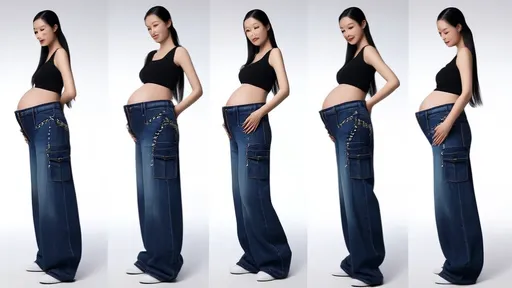
By /Jul 16, 2025
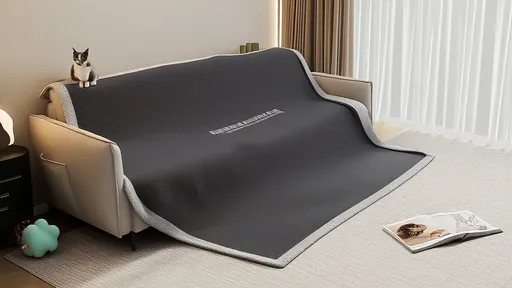
By /Jul 16, 2025
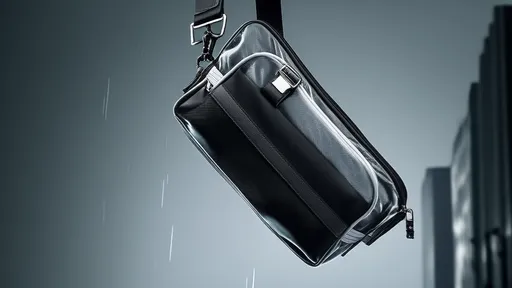
By /Jul 16, 2025
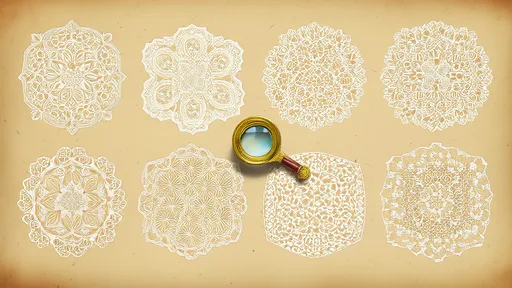
By /Jul 16, 2025
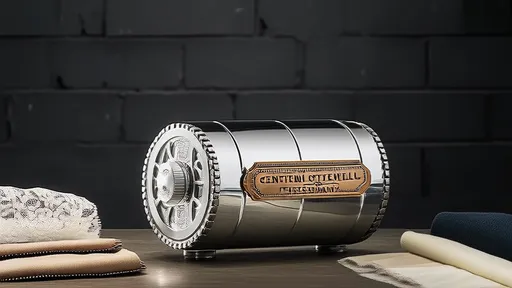
By /Jul 16, 2025

By /Jul 16, 2025